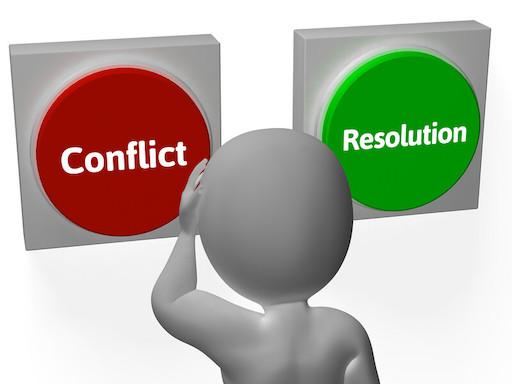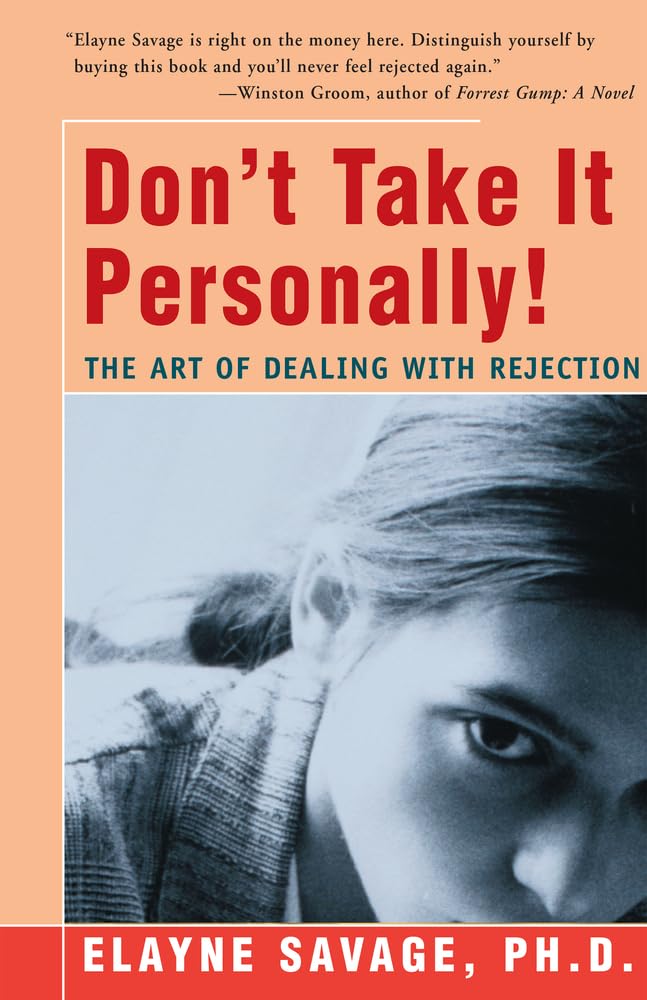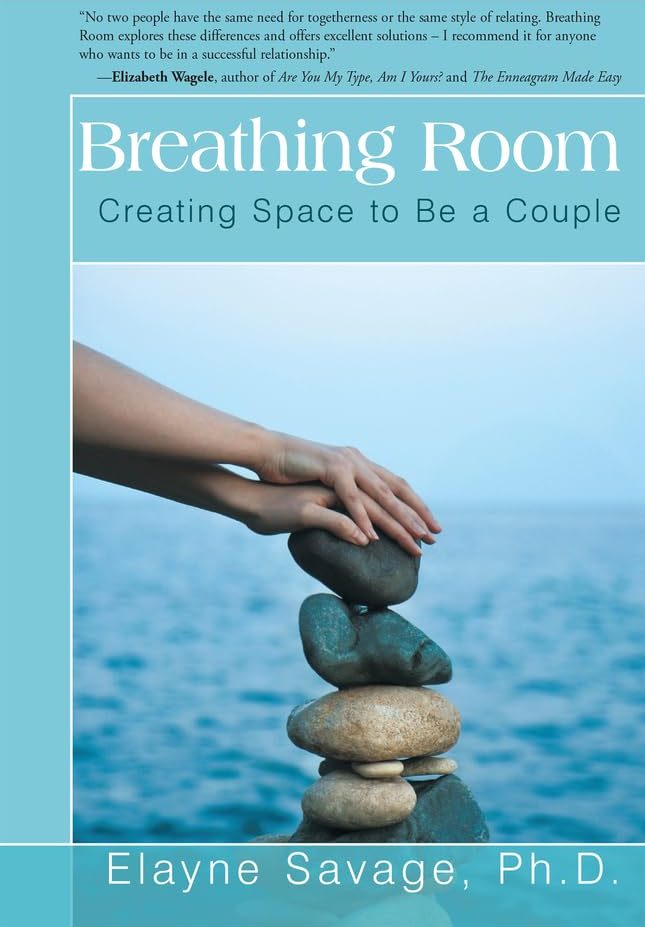By Elayne Savage, PhD
© Can Stock Photo / stuartmiles
I am excited to be featured again in an interview with Prevention Magazine – this time on conflict resolution.
Here’s the Prevention piece and the link:
Prevention Magazine
9 Conflict Resolution Skills for Strong, Healthy Relationships
These skills and strategies can help keep all your relationships going and growing.
By Shannen Zitz Published: Sep 28, 2022
Disagreements are an inevitable part of any relationship. They’re stressful, sure, but unfortunately, they can’t always be avoided—which is why it’s key to learn conflict resolution skills to navigate and overcome these high-stress situations.
“Conflict in interpersonal relationships can be broadly defined as any sort of disagreement between two people who are connected in some way—whether friends, colleagues, partners, or relatives,” explains Sari Chait, Ph.D., a clinical psychologist at the Behavioral Health and Wellness Centerin Newton, MA. “The disagreement can be in regards to opinions on something or in values, or related to behaviors.”
While conflict and disagreements are common, it’s also important to know that they’re normal—especially with the people who you interact with regularly. “The benefits we bring to any relationship are in part that we have different opinions, different personalities, different values, and different lived experiences,” Chait says. “As such, it is normal to encounter some conflict. Encountering conflict by itself is rarely the primary issue; the issues arise in how we address the conflict.”
It’s not always easy to address disagreements, but ahead you’ll learn conflict resolution skills to help you on your way to better communication.
Conflict resolution skills and strategies
1. Plan ahead
Sometimes you might want to address conflict right away, but it can be helpful to avoid these types of interactions in the heat of the moment. If one or more parties are upset, be sure to take some distance so that everyone can collect their thoughts and emotions. “It can be very helpful to then both agree on a time and place when you’ll discuss the conflict, that way both parties come into the discussion aware of what will be discussed with time to prepare,” Chait says.
2. Stay respectful
The goal for conflict resolution in both personal and workplace relationships is “keeping space available for respectful and clear communication,” explains Elayne Savage, Ph.D., L.M.F.T., author of Don’t Take It Personally: The Art of Dealing with Rejection. Try to think about a few attributes in the other person that you respect or admire, and keep those things in mind when approaching the conversation. When you do this, you are likely to speak in ways that make the other person feel valued despite the conflict.
3. Practice active listening
“The most important thing about any of these interactions with somebody else is to feel listened to, to feel heard, and to feel understood,” Savage explains. Be sure to share your perspective and feelings clearly, but also listen with intention and understanding when the other person shares their thoughts. This type of active listening will make for better communication overall, and allow you both to come to a mutual understanding more easily.
4. Avoid placing blame
If a person feels they are being blamed for their role in the conflict, they are likely to feel upset and act defensively. Chait suggests using “I” statements when sharing your perspective on the situation and focusing on how you feel rather than what they may have done to decrease the likelihood of the other person feeling attacked.
5. Make it about “we”
In addition to using “I” statements when discussing your feelings, be sure to use “we” statements when discussing ways to move forward and resolve the conflict. Try framing the conversation in terms of “‘what is best for both of us’ or ‘what is best for the workplace,’” Savage explains.
6. Focus on actions
After creating space for open, clear, and respectful communication where both parties have the chance to share their own point of view, “focusing on behaviors or actions rather than personality traits that can’t be changed,” is helpful in coming to a mutual understanding for moving forward, according to Chait.
7. Don’t take things personally
“Step away from whatever’s going on, especially from any part of it that you might be taking personally,” Savage suggests. “If you can separate yourself just a little bit, you’re able to ask: ‘What are my options here?’ ‘Do I have to be upset?’ ‘Do I have to be hurt?’ ‘Is there another explanation for this? Another way to think about this?’”
8. Avoid filling in the blanks
Making presumptions about where the other person is coming from is bound to make communication a little muddy. Savage recommends checking in with yourself while you are actively listening to the other person to make sure you are not making any assumptions—ask yourself if you are totally clear about the meaning of the other person’s words, and if you aren’t, give them an opportunity to repeat or clarify.
9. Schedule a check-in
Once you use effective conflict resolution skills to come to a mutual understanding, the work is not yet done. “Any conflict resolution conversation should end with plans for how to work on this going forward in order to avoid falling into a pattern of conflict,” Chait says. Try also setting up a plan to check in down the line to ensure everyone feels satisfied and is upholding their end of the agreement.
Why conflicts occur
Conflict can happen for many reasons, but it mainly comes down to disagreement and disappointment. Disagreement that leads to conflict often stems from “incompatible ideas that become antagonistic,” explains Savage. “It often then becomes a struggle about who’s right—people get invested in being right and that’s where a lot of the conflict comes from.”
A lack of clear communication is also a common culprit for most situations of conflict, Savage notes. When one party is not clear on what they need, the other party cannot be clear on the issue or potential ways to overcome the issue.
Similarly, listening is a big part of communication—and if one or more parties are not listening actively and with empathy, communication tends to become skewed.
Another important piece of the puzzle is feelings of disappointment and rejection. The sum of our lived experiences growing up in the world affects who we are today, and what we expect from people. “When these expectations aren’t met, that can feel disappointing and even like rejection, which is definitely something that can lead to conflict,” Savage explains.
So what does conflict look like? It’s helpful to think of conflicts professionally and personally, but the core of these types of conflict is usually the same feelings of disagreement and disappointment. Chait notes that common examples of conflicts that occur in the workplace are differences in opinions on how to approach a problem, different values as it pertains to work-life balance, and different personality styles that may clash in work settings. Conflicts that occur in relationships with family and partners are “similar, but the topics may be different,” Chait explains. “While at work, you may have [a] conflict with someone about whether or not you should have to work rigid hours or have a flexible schedule, and at home you may disagree with your partner about whether to have a rigid schedule with your children or be more flexible.”
Why you should try conflict resolution
“Conflict resolution is the key to overcoming conflict and is necessary in order to keep healthy relationships,” Chait says. “Having the skills necessary to address conflict in a way that works for everyone involved is critical.” Additionally, these skills will extend even further in equipping the people involved with the necessary skills and knowledge to efficiently rise above conflict moving forward.
Lots of people tend to ignore conflict and consider themselves people who don’t like confrontation. But avoiding conflict is rarely a solution, and usually creates unhealthy patterns and cycles that become more difficult to solve. Plus, it’s hard maintaining healthy, happy relationships with unresolved conflict looming—there’s likely to be a constant feeling of tension between those involved and they may actually behave differently, like not sharing their opinions and avoiding interactions that might start another bout of conflict, Chait explains.
Misunderstandings often cause conflict, but the hurt feelings that come from these instances of misunderstanding are also dangerous. “Hurt feelings can lead to taking things personally, and even anger. But the biggest problem is that they often lead to resentment,” Savage says. When conflict resolution is avoided, this resentment builds and builds to the point where “there's no space available for respectable clear, defined communication, or for teamwork.”
https://www.prevention.com/sex/relationships/a41424072/conflict-resolution-skills/
But Wait, There’s More
One of the great things about writing a blog, is I can reprint something and add to it!
Here are a few ideas that didn’t make it into the Prevention piece and I’m adding or expanding on them here for you.
Helps to remember that most conflicts don’t just involve just the two of you. You each grew up in different families with different styles of thinking, communicating, doing, creating and being. Sometimes there are also cultural influences— attitudes, beliefs, rules, values, and expectations. These family messages are passed down from generation to generation.
So consider how during a discussion each of you might have several people sitting on your shoulders—parents, siblings, grandparents, aunts, and uncles, teachers, coaches. And each is clamoring to get a word in, or an opinion or a judgment or a criticism or advice.
And you might find yourself sitting in that meeting, opening your mouth and wondering where on earth your words are coming from, but it sure sounds like something Grandma would say. Or Mom or Dad or your coach or that critical 4th grade teacher.
It sure can be a struggle to respect and accept someone's
style of doing things when it's different from your own.
I also have something to add about avoiding angry confrontations. If a discussion is becoming heated, consider taking a ‘time out’ to regain your composure. Excusing yourself to stand up and get a drink of water. Or excusing yourself to walk into the restroom and doing some slow counting to 10 and deep breathing in through your nose and out through your mouth with the exhalation twice as long as the inhalation.
Here are a couple of previous blogs addressing some of these challenges:
Cozying Up to Teamwork – A Key to Successful Relationships
https://www.tipsfromthequeenofrejection.com/2007/07/cozying-up-to-t.html
Are Generational Family Messages Contaminating Your Workplace?
Are You ‘Filling in the Blanks?’ Assuming the Worst? Feeling Rejected?
© Elayne Savage
Would love to hear your ideas for managing misunderstandings!
elayne@QueenofRejection.com OR
the Comment Box on the blog site: www.TipsFromTheQueenOfRejection.com
Elayne Savage is the author of ground-breaking relationship books published in 9 languages.
Both books are now available on Kindle!
To order DON'T TAKE IT PERSONALLY! THE ART OF DEALING WITH REJECTION from Amazon:
amzn.to/2bEGDqu
To order BREATHING ROOM – CREATING SPACE TO BE A COUPLE from Amazon:
amzn.to/2bAHmIL
REPRINTING THESE BLOGS:
You can reprint any blog from 'Tips from The Queen of Rejection'® as long as you include an attribution and, whenever possible, a live link to my website. And I'd really appreciate if you'd notify me where and when the material will appear.
The attribution should include this information: Elayne Savage, PhD is a communication coach, keynote speaker, and trainer, practicing psychotherapist and author of Don't Take It Personally! The Art of Dealing with Rejection and Breathing Room – Creating Space to Be a Couple.
To find out more about my speaking programs, coaching and consultation services visit: //www.QueenofRejection.com or call 510-540-6230 if you or your group can benefit.
Contacting Elayne
I welcome your feedback as well as suggestions for topics you'd like to see addressed in this e-letter.
Here's how you can reach me:
510-540-6230
www.QueenofRejection.com
For more communication and rejection tips, you can follow me:
Twitter@ElayneSavage
LinkedIn.com/in/elaynesavage
Facebook.com/elayne.savage



Leave a Reply